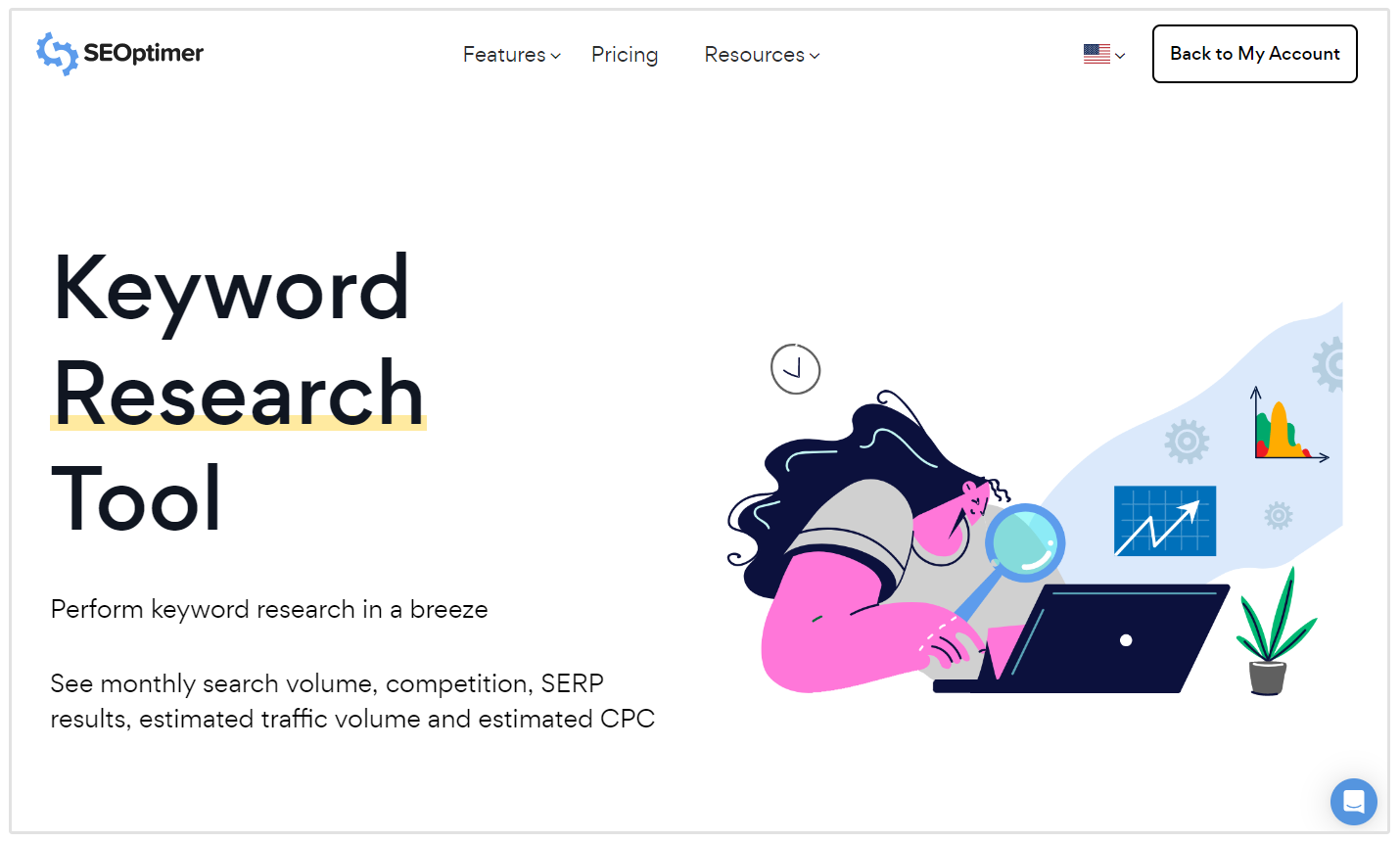Discovering the Principle of Secondary Dimensions in Google Analytics: Definition and Calculated Execution
Unveiling the Impact of Second Dimension in Google Analytics on Data Evaluation and Insights
In the world of information analytics, the use of secondary dimensions within Google Analytics has emerged as a critical tool for removing much deeper understandings and unraveling facility patterns that may or else stay covered. By peeling back the layers of main information collections, second measurements offer a nuanced point of view that improves the understanding of customer behavior, site performance, and the effectiveness of advertising techniques.
Discovering the Principle of Additional Measurements
Additional measurements in Google Analytics give extra insights by permitting users to examine main data combined with an additional feature. This attribute makes it possible for a much more thorough understanding of the main data by adding another layer of details for analysis. By incorporating secondary measurements, individuals can delve deeper into the information and discover important correlations that may otherwise go unnoticed. For example, by coupling the key information of site traffic with secondary measurements like demographics or actions, marketing experts can get a much more extensive sight of their target market and tailor their approaches appropriately.
By checking out the numerous additional measurements readily available in Google Analytics, customers can open brand-new understandings and maximize their electronic advertising initiatives. In significance, second measurements offer as an effective device for enhancing data analysis and driving actionable results.
Enhancing Data Interpretation With Additional Measurements
Having actually developed the foundational understanding of secondary measurements in Google Analytics and their crucial duty in information evaluation, the focus currently moves towards leveraging these second credit to improve the interpretation of analytics information (what is a secondary dimension in google analytics). By including second measurements into information evaluation, experts can gain much deeper understandings into customer habits, site performance, and advertising and marketing performance

Additionally, secondary measurements assist in contextualizing key data metrics by giving extra layers of information. This contextualization help in understanding the 'why' behind the data fads, assisting analysts make educated optimizations and decisions to improve total performance. Ultimately, incorporating secondary measurements enhances the information interpretation process, bring about even more critical actions and purposeful insights.
Uncovering Hidden Insights Via Second Dimensions
Discovering the depths of analytics information with additional dimensions discloses useful insights that would certainly or else continue to be obscured. By including secondary dimensions in Google Analytics, organizations can unearth covert patterns, fads, and relationships that give an even more comprehensive understanding of individual behavior and web site efficiency. These additional layers of information enable experts to delve deeper right into the primary measurements, such as traffic sources or touchdown web pages, and gain a more nuanced perspective on just how different variables communicate with each various other.
With making use of secondary dimensions, analysts can sector and compare data across different dimensions, enabling them to recognize specific elements that influence user involvement, conversion prices, and overall success metrics. For instance, by coupling the primary measurement of 'tool category' with the secondary dimension of 'age group,' marketers can determine which age demographics choose accessing the web site via smart phones versus desktop computers. This degree of granularity encourages businesses to make data-driven choices and optimize their methods for much better outcomes. Inevitably, revealing covert insights with second measurements improves the depth and precision of data analysis, leading to even more enlightened decision-making and enhanced performance results.
Leveraging Secondary Dimensions for Actionable Analytics
Structure upon the insights revealed via additional measurements in Google Analytics, organizations can now harness this enriched information landscape to drive actionable analytics and calculated decision-making. By leveraging second measurements, companies can dive deeper right into their data to draw out useful patterns, patterns, and correlations that might have formerly gone unnoticed. This deeper level of evaluation enables businesses to get a more comprehensive understanding of customer actions, campaign efficiency, and overall internet site effectiveness.
One secret benefit of using additional measurements for actionable analytics is the capability to sector information based upon specific standards. This segmentation enables organizations to customize their approaches and projects to different target market teams, bring about more targeted and efficient advertising initiatives - what is a secondary dimension in google analytics. Additionally, secondary dimensions supply a more holistic view of user interactions, allowing companies to enhance their website material, layout, and total customer experience
Maximizing Decision-Making With Second Dimensions
To improve tactical decision-making in analytics, leveraging second dimensions in Google Analytics can provide an extra nuanced perspective on individual behavior and project efficiency. By integrating additional measurements into information evaluation, businesses can dig deeper into the specifics of their web site visitors' interactions and interaction patterns. This additional layer of information permits an extra detailed understanding of how basics different variables, such as demographics, tools, or web traffic resources, effect vital performance indicators.

Verdict
To conclude, making have a peek at this site use of second dimensions in Google Analytics plays an important role in enhancing information evaluation and discovering concealed insights. By exploring this concept, one can gain a much deeper understanding of customer behavior and make educated choices based upon workable analytics. Leveraging secondary dimensions enables a much more comprehensive analysis of information and takes full advantage of the performance of decision-making processes.
